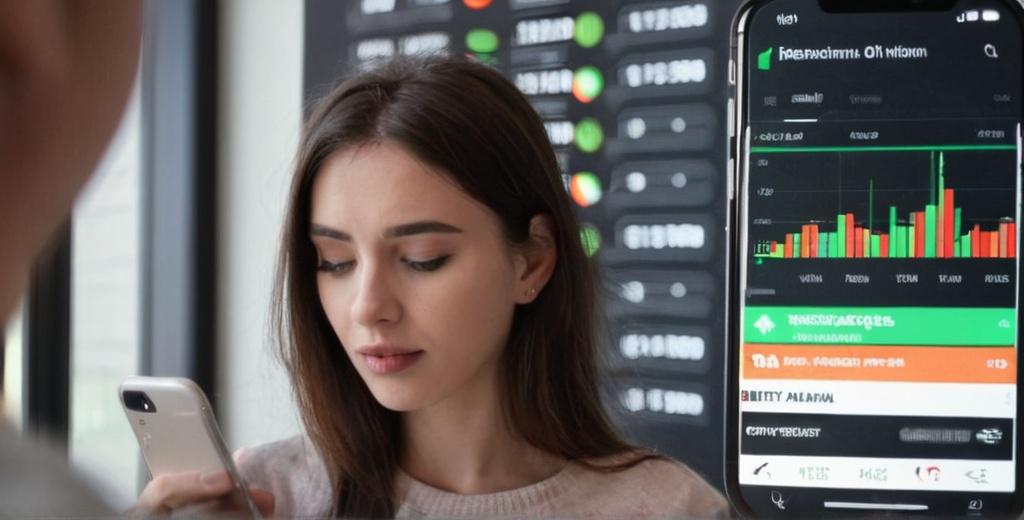Key Take Aways About No Touch Binary Options
- No Touch Binary Options: Predict that an asset’s price won’t hit a specific level before expiration.
- Mechanism: Success if the asset price stays below a set level; loses if it touches the level.
- Pros: High payouts for accurate predictions.
- Cons: High risk and difficulty due to market unpredictability.
- Strategies: Use technical analysis, monitor external market forces; adaptable strategy is key.
- Common Mistakes: Underestimating volatility; assuming market predictability.
- Conclusion: Requires skill, patience, and luck; always strategize and stay informed.

The Lowdown on No Touch Binary Options
When we talk binary options, we’re talking about a fast-paced trading method that can feel a bit like playing chess—not checkers. Among the types of binary options is the No Touch option, which is kinda like the opposite of reaching out to touch someone. You’re trying to predict that a certain asset’s price won’t hit a specific level before expiration. It’s a bit like betting your neighbor won’t unexpectedly learn to juggle flaming torches by next Tuesday.
How No Touch Binary Options Work
Imagine you’ve got a crystal ball, but it only gives you yes or no answers. You place a trade based on your belief that an asset’s price will stay below a certain level. If you’re right, you win. If it touches that level—even for a blink—you’re out. There’s no close call here; it’s like the digital version of stepping on a crack and breaking your back.
For example, if you’re trading a currency pair like USD/EUR and you set a No Touch level at 1.20, you win the trade if the price never hits or exceeds that mark before expiry. It’s all or nothing, and there’s no room for almost.
Pros and Cons of No Touch Binary Options
Before you break out the champagne, consider the high stakes. No Touch binary options offer some pretty spicy payouts if you pick right, but they can also make you feel like you’re trying to win a staring contest with a cat. It’s tricky.
Upsides:
– The payout is usually higher than touch options because it’s harder to predict something won’t happen. Traders confident in their market analysis skills can come out ahead.
Downsides:
– High risk. The market’s unpredictable behavior can leave you with bruised confidence and a lighter wallet.
Personal Anecdotes and Strategies
Oh, the stories traders could tell! Like the one about a friend who tried to predict gold prices during a tumultuous political period. Here’s the kicker: he got it right most times, except when he didn’t. His takeaway? Always keep an eye on those external market forces. It’s like trying to play a game of whack-a-mole while the power keeps going out. Your strategy must be as adaptable as a chameleon in a paint store.
Another popular approach is using technical analysis to identify support and resistance levels. It’s like charting a map through unpredictable waters without a compass. Some traders also set their levels near past highs or lows, figuring lightning might strike twice in the same place.
Common Mistakes and Misconceptions
Ah, the sweet nectar of experience! Many newbies stumble into No Touch options thinking it’s easier than a regular Touch option. Spoiler: it’s not. Keeping a level head is as challenging as trying to keep a straight face while watching a comedian.
A big oopsie is underestimating market volatility. Just because an asset hasn’t hit a particular level before doesn’t mean it won’t in the future. Assuming the market will behave predictably is like assuming a squirrel will avoid your car on the road.
Final Thoughts
Trading No Touch binary options might feel like trying to predict the weather with a coin toss. The potential for high returns is tempting, but it requires skill, patience, and a pinch of luck. Always have a plan, stay informed, and treat your trades with the respect they deserve. After all, in the world of binary options, every decision feels like a big decision.